The Danube through Serbia
The Danube, Europe’s second largest river, has always fascinated people. It is not surprising that many of the first European cultures such as those at Vinča or Starčevo, were formed on its banks. The Danube’s course presses on from the Black Sea directly into the heart of the Old Continent and has therefore been the communication line between civilizations for centuries. Describing the known world in the 5
th century B.C., the Greek historian Herodotus concluded that
Istros (i.e. the Danube) is the largest river of all and that it is evenly abundant in water both in summer and in winter. At the beginning of the 1
st c. AD the Romans conquered its right shore and saw it as a protective border between the civilized and the barbaric world. One century later the Emperor Trajan led his army to the conquest of Dacia (present day Romania) along the first road built through the Iron Gates Gorge and then across the bridge, a magnificent structure designed by the ingenious
Apollodorus of Damascus. This bridge has been highly praised and noted as one of the world’s wonders. Pliny the Younger made the most impressive quote when he praised this powerful river by saying: “
Magnum est stare in Danubii ripa” (“It is magnificent to stand on the banks of the Danube”), an experience shared by many to this day.
Today we know that the Danube is not the largest river in the world, but it certainly is the most important river in Europe as it connects the southeast regions with the heart of the continent and, after the Rhine-Main Canal was opened, with the North Sea. Anyone who enjoys river cruising will find ultimate pleasure in the Danube, as it runs through different states and landscapes with dazzling contrasts.
The part of the Danube that runs through Serbia is 588 km long and it is exactly here that the river becomes wildly potent. The calm passage of the current through the Pannonian Plain rapidly turns into the rough wilderness of the Iron Gates Gorge.
Through the Plain of Vojvodina
The Danube River enters Serbia at its 1488 kilometer, at the point where the state borders of Hungary, Croatia and Serbia meet. The Danube has all the features of a lowland river here. In many places it still floods when the water level is high and meanders through the plans, creating numerous sandbars, armlets and oxbows on its way. These places have flourished into unique natural oases with various plant and animal species. Along the course of the Danube through Vojvodina there are several large hunting and fishing grounds and a step into a world that markedly differs from the tamed and bountiful countryside that surrounds it. Most people come here to observe rare bird species or to hunt prime specimens of red deer and wild boar. The most significant natural reserves are: the
National Park “Fruška Gora”, Apatin Fenland, Karadjordjevo, Petrovaradin–Kovilj Fenland and the
Deliblato Sands. Most of them are reachable by boat through a maze of river armlets. Vojvodinian towns are a mixture of cultures and religions that can be best observed by noting all the churches of various religious denominations.
Novi Sad is the charming capital of Serbia’s northern province with the immense Petrovaradin fortress, the largest on the Danube.
From Belgrade to the Iron Gates
Belgrade, the capital of Serbia, is situated at 1170 km of the Danube’s trajectory. It is one of the oldest European cities and certainly one with a tempestuous past. A striking feature is its extraordinary geographic location at the mouth of the Sava River into the Danube, on the main roads connecting Central Europe with the Middle East. On the shores of Belgrade there are numerous natural and several man-made beaches, pleasant picnic areas and a myriad of private barges and boat-restaurants. Above the confluence of the two rivers rises the Belgrade fortress around which many nations and armies fought bloody battles. It dates back to the days when the Celts lived here and its history reflects the entire history of this part of Europe. Past the hilly countryside around
Grocka one reaches
Smederevo with its impressive 15
th c. fortress, the last stronghold of medieval Serbia. Not far away are the grounds of the Roman town
Viminacium, the seat of one of the legions guarding the Empire’s border.
Through the Iron Gates Gorge
The
Iron Gates Gorge (in Serbian
Djerdap) is the largest river gorge in Europe. By definition, it stretches from the village of
Vinci in front of
Golubac (1048 km) to the village of
Kostol, across the river from
Turnu-Severin (931 km). In front of
Golubac and its captivating fortress, the Danube reaches its maximum width of an incredible seven kilometres. The Gorge is composed of several spectacular ravines, the first being the Golubac Ravine followed by Gospodjin Vir, Kazan (at the river’s narrowest point of just 150 m) and, finally, the Sip Ravine. Due to its specific geological, hydrological and archeological features, as well as the rich flora and fauna to be found here, the Iron Gates Gorge has been proclaimed a national park. The once wild waters roaring across the dangerous crags sticking out of the water that terrified all but the most experienced of riverboat skippers are today quite calm. This was brought about by the construction of the “Djerdap I” Dam 35 years ago. The dam lifted the water level considerably, especially at the narrowest and once most dangerous points. On the other hand this led to the submerging of many coastal villages as well as several towns. The most famous archeological sites thankfully escaped this destiny as they were raised on higher positions inland. Hence the traveler can still admire the
Trajan’s Tablet that commemorates the end of construction works on the road through the Gorge and the Lepenski Vir settlement where Europeans created their first sculptures some 6000 years ago.
Source: www.serbiainyourhands.com






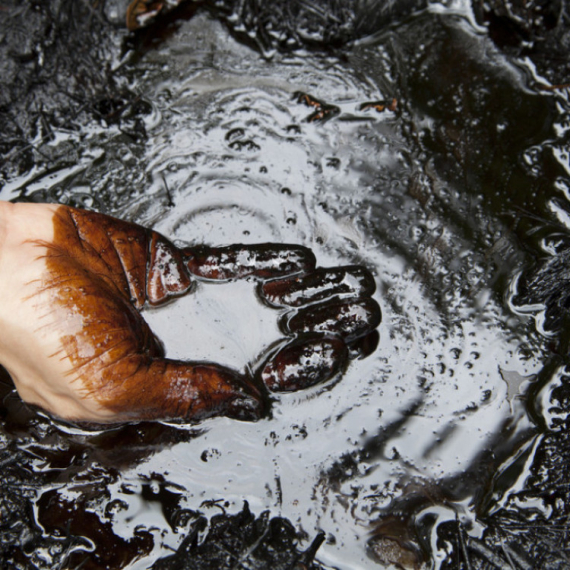
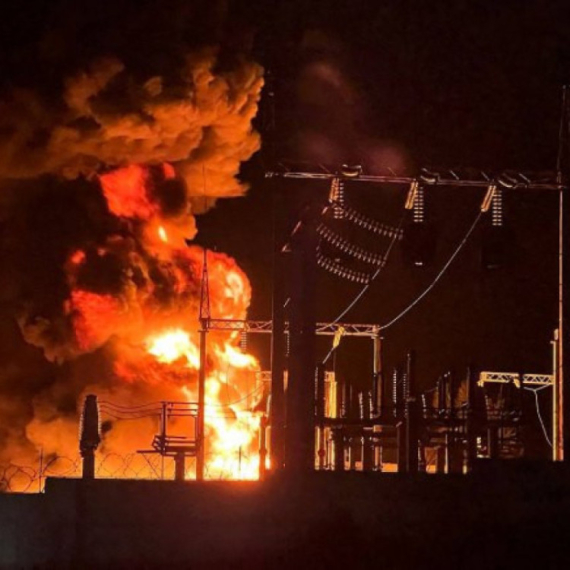
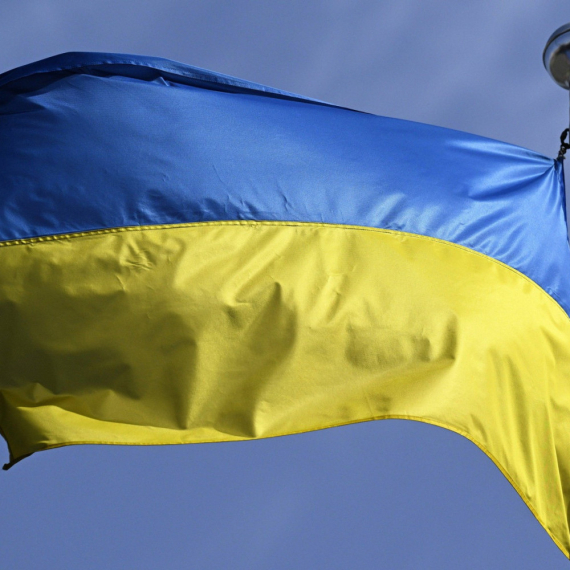





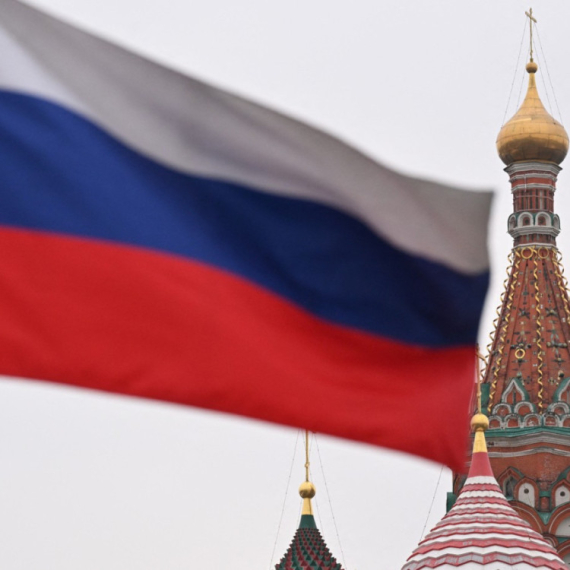


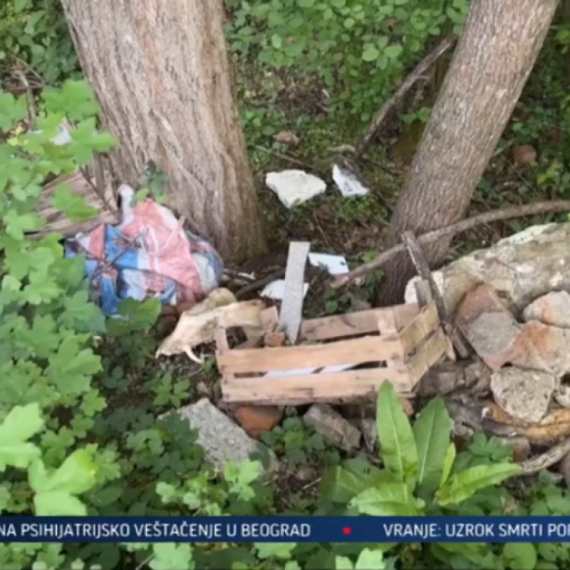


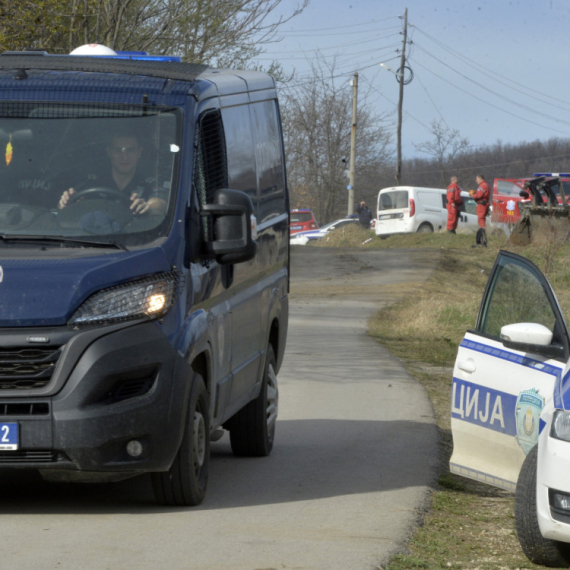















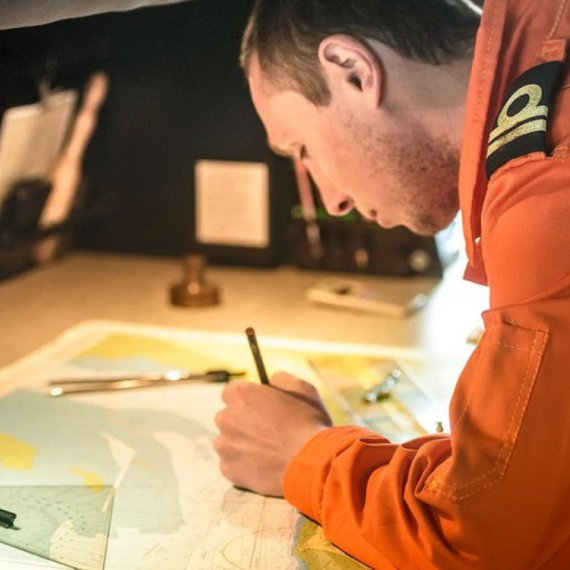


Komentari 0